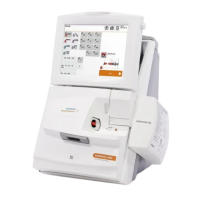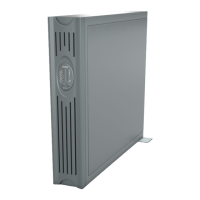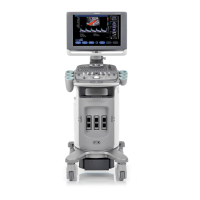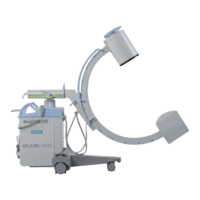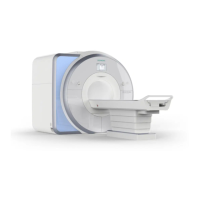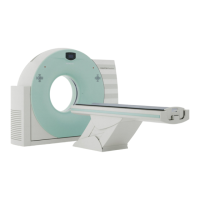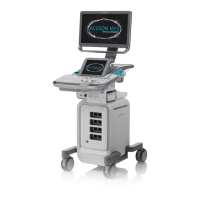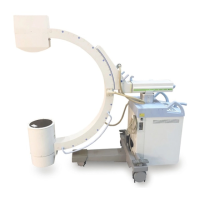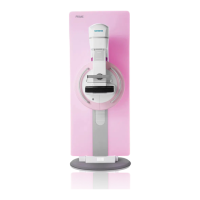5-32 Rapidlab 1200 Operator’s Guide: Maintenance
02087462 Rev. V
4. If you replaced the pH or Na
+
sensors, condition the sensors.
Refer to Conditioning the Sensors‚ page 5-6.
5. Analyze a minimum of 2 levels of quality control material.
Filling the Sensor
You need the following materials for this task:
•pH or Na
+
, K
+
, Cl¯, and Ca
++
sensor
• appropriate sensor fill solution kit containing a fill solution vial and a cylinder that
contains a needle
• lint-free tissue or cloth
NOTE: D2, D3, and D4 error codes may result when bubbles are detected in the fill
solution. This procedure is designed to minimize the occurence of bubbles in the fill
solution.
NOTE: Bubbles on the surface of the fill solution are acceptable. Only bubbles in the fill
solution result in D2, D3, and D4 error codes.
NOTE: Do not shake the vial containing the fill solution. This can create bubbles in the
fill solution.
1. Remove the sensor.
Refer to Replacing the Sensors‚ page 5-29.
If the sensor is new, go to step 4.
2. Unscrew the internal electrode and place the electrode and sensor assembly on a
lint-free tissue.
3. Empty the fill solution from the sensor.
Dispose of the fill solution according to your institution’s protocol.
4. Attach the needle to the fill solution vial.
a. Twist off the top of the vial that contains the fill solution.
b. Slide the smaller, open-end of the needle cylinder onto the fill solution vial.
BIOHAZARD: Wear personal protective equipment. Use universal precautions.
Refer to Appendix A, Protecting Yourself from Biohazards for recommended
precautions when working with biohazardous materials.
CAUTION: Do not remove or return the sensors to the measurement module
without first discharging static buildup. Touch the inner surface of the
measurement module frame to discharge static buildup.

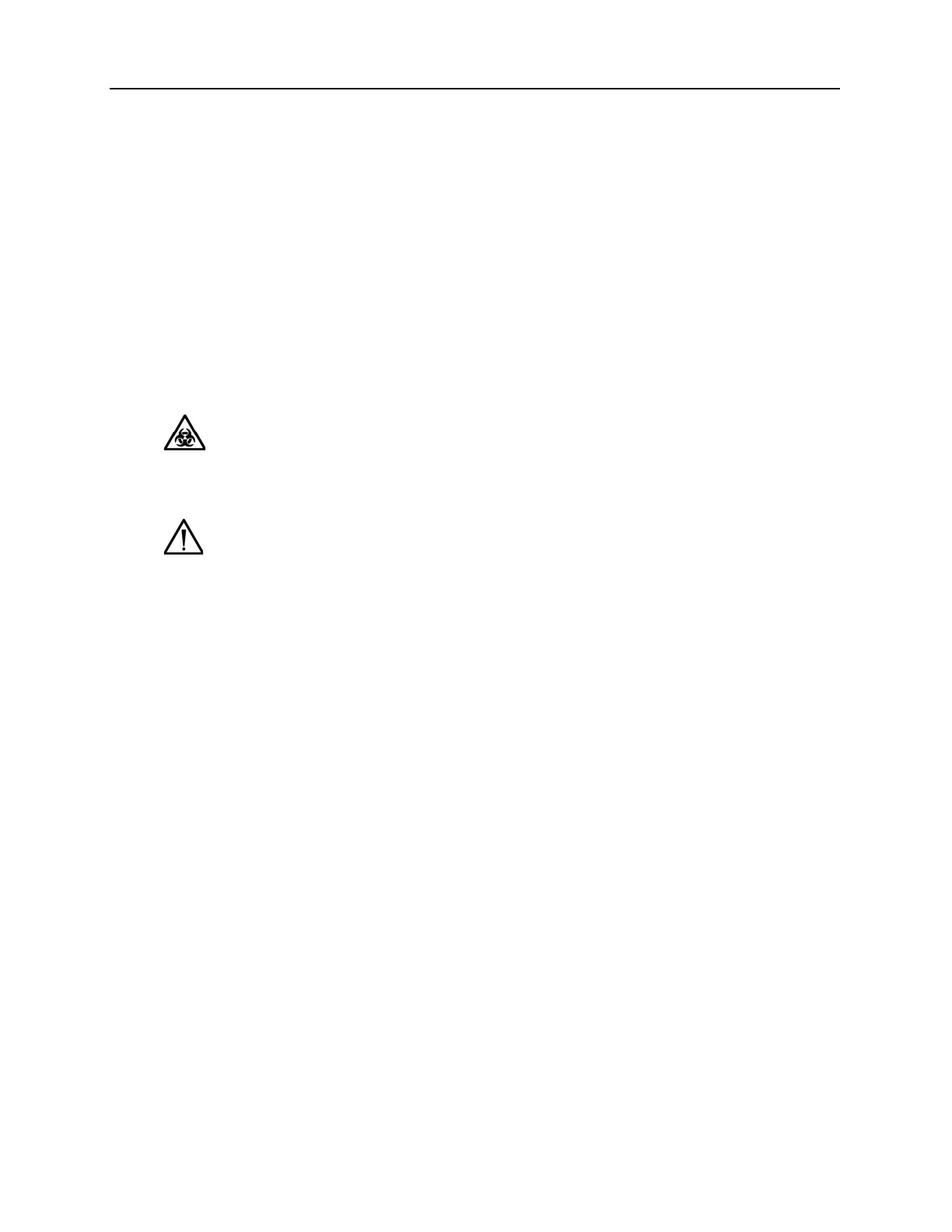